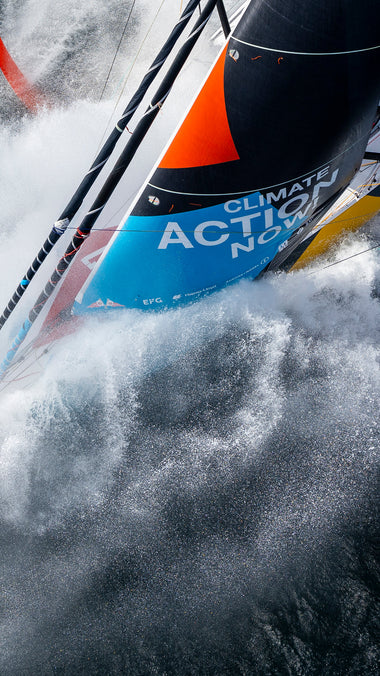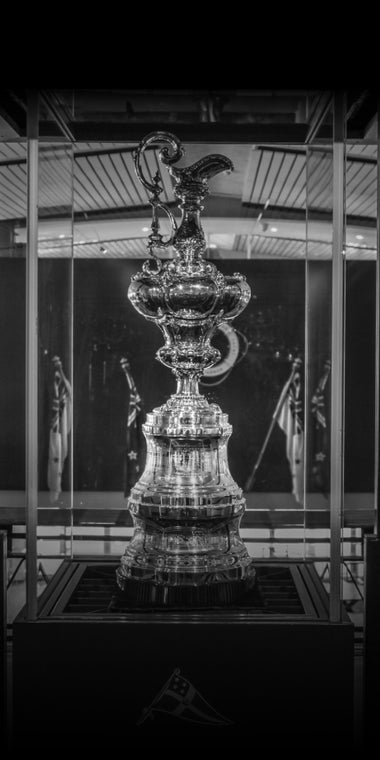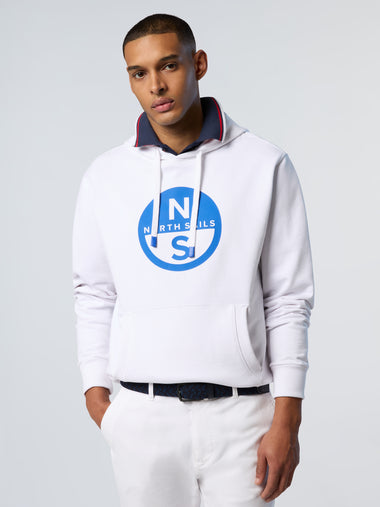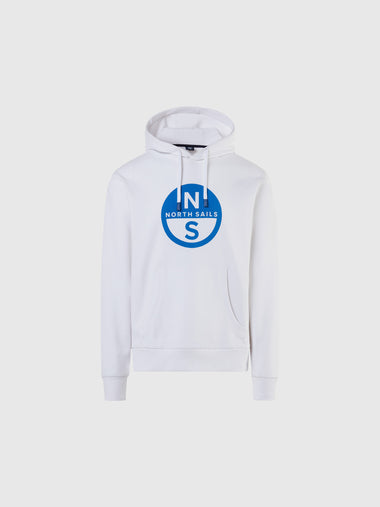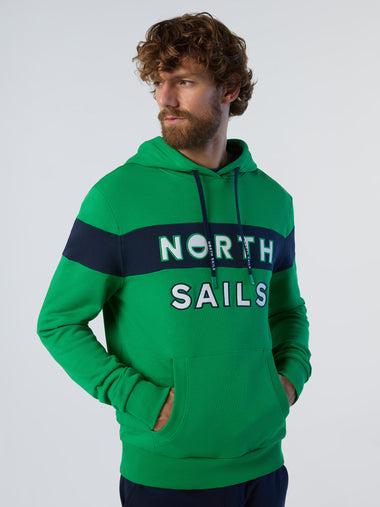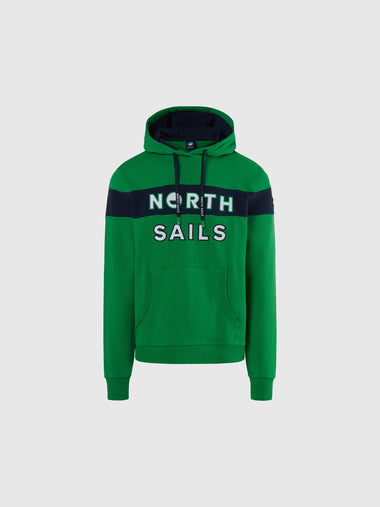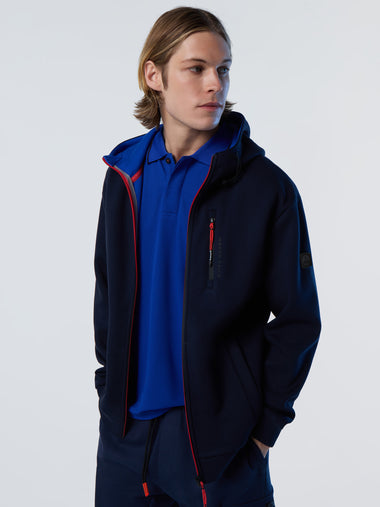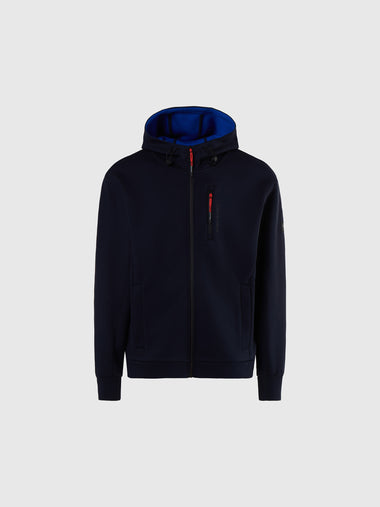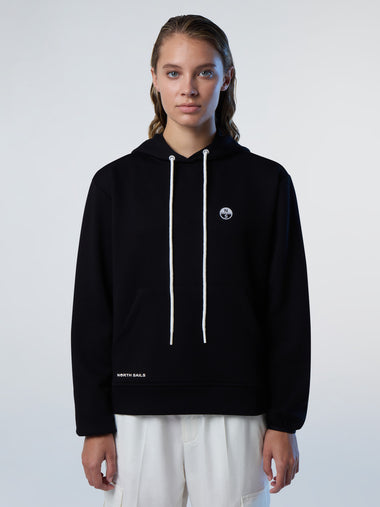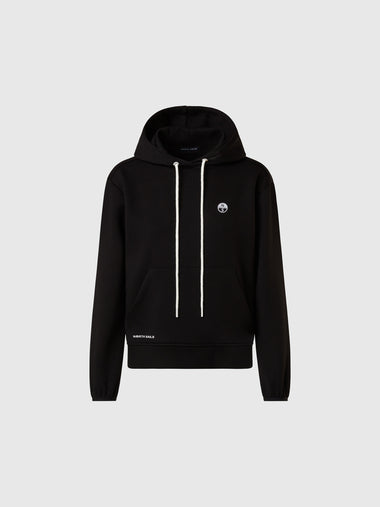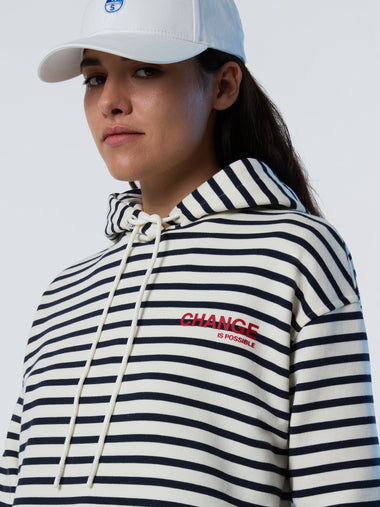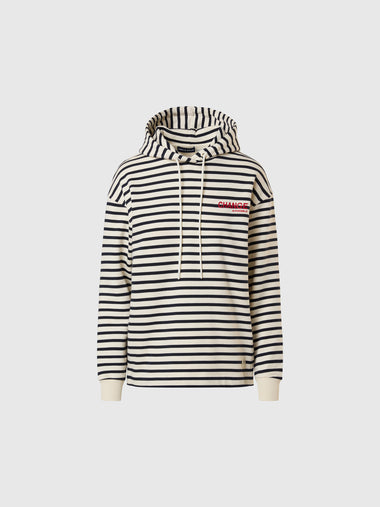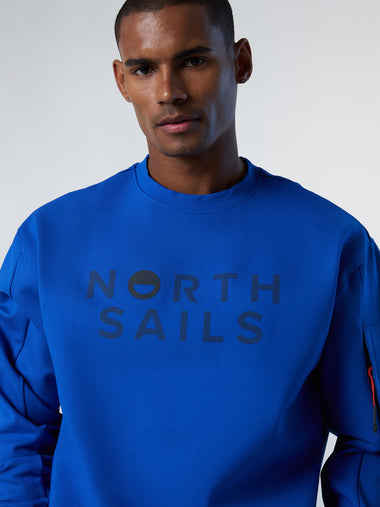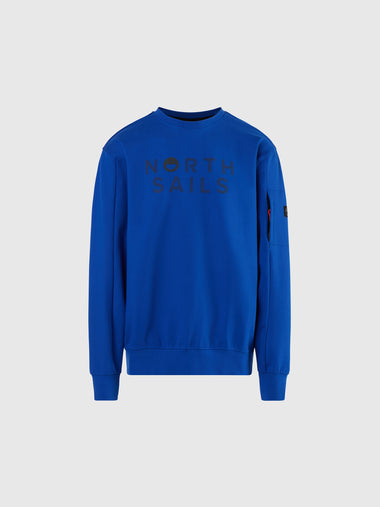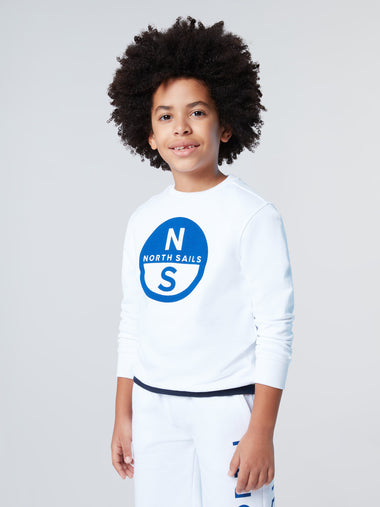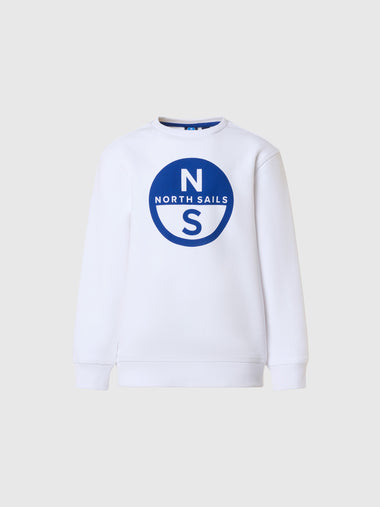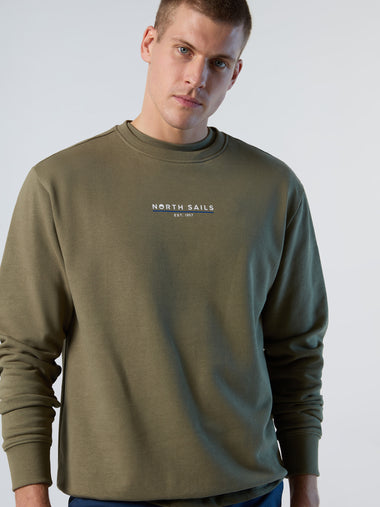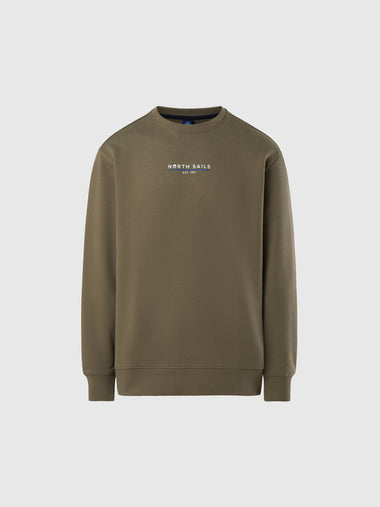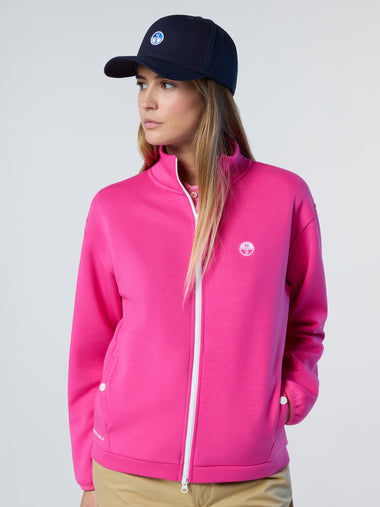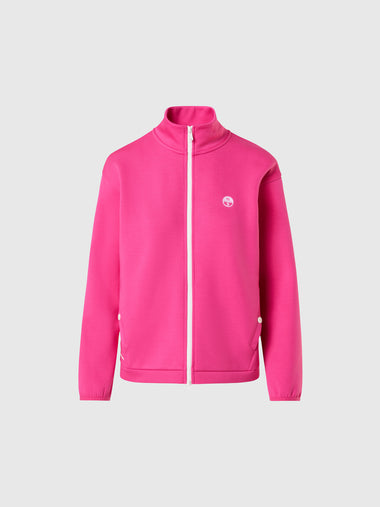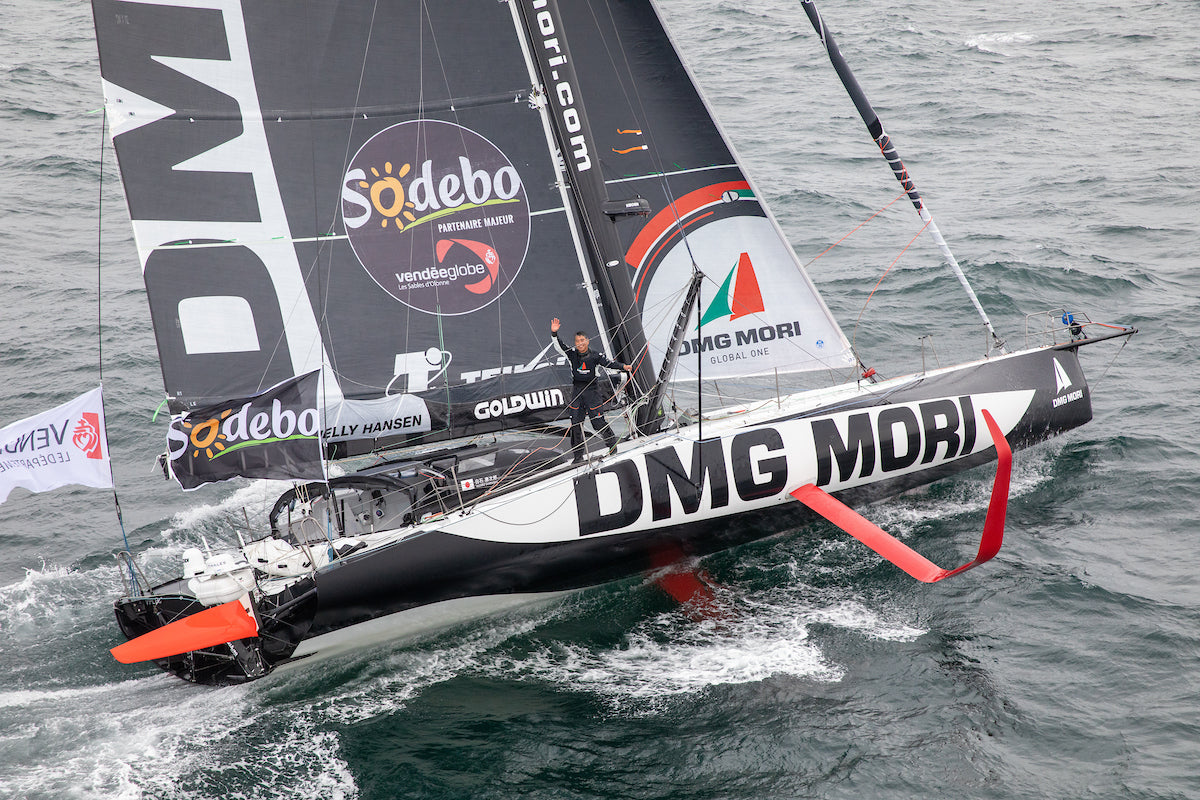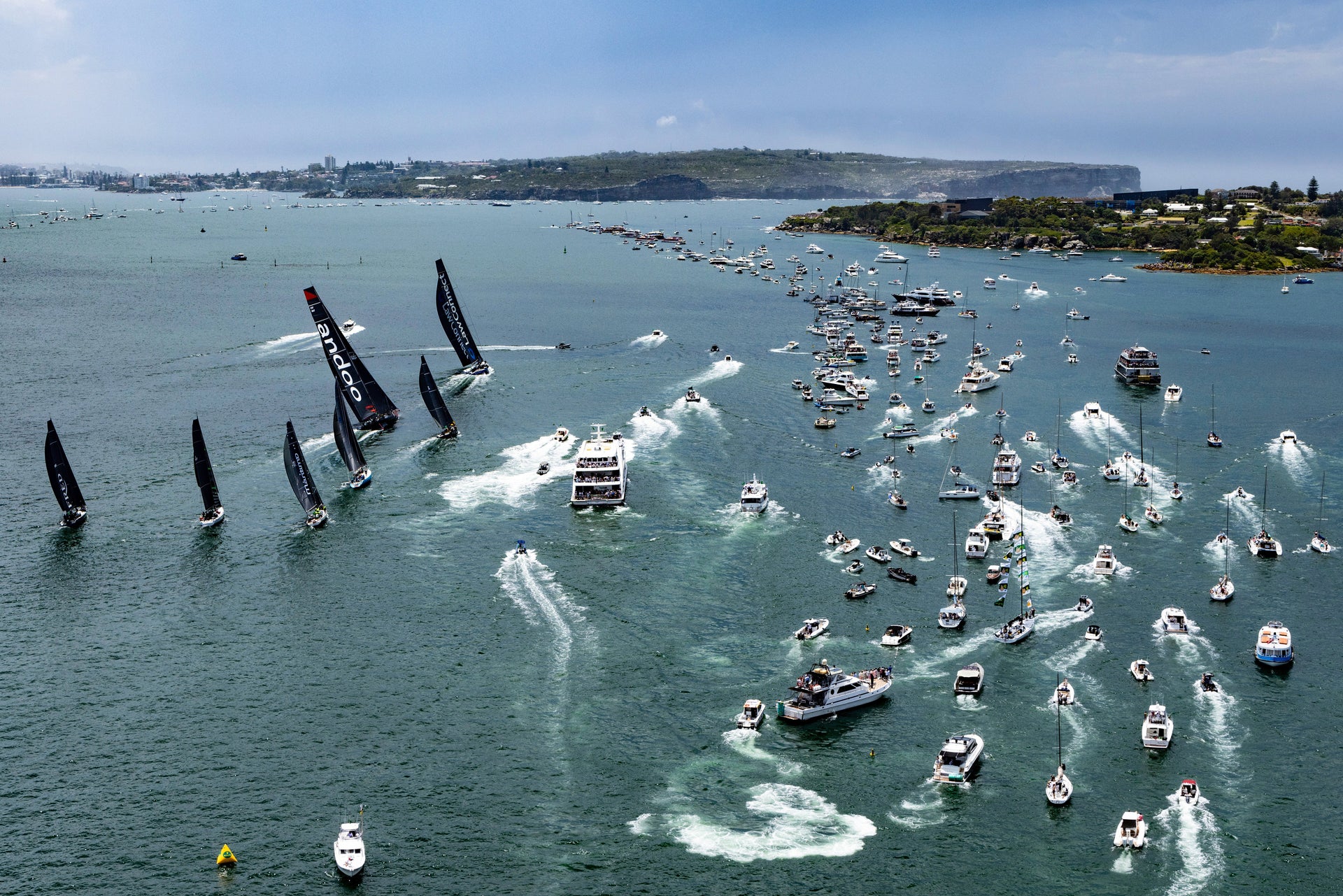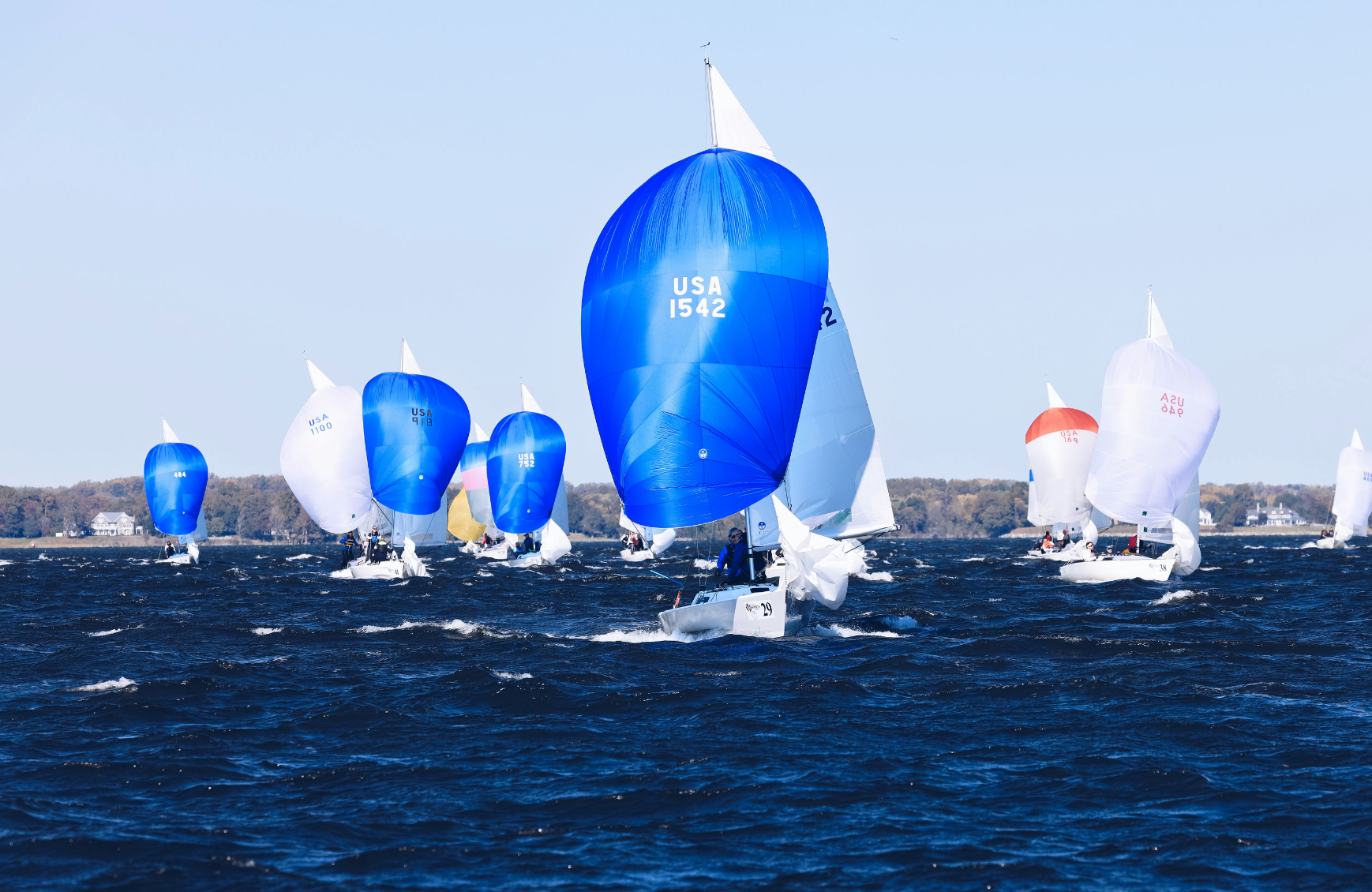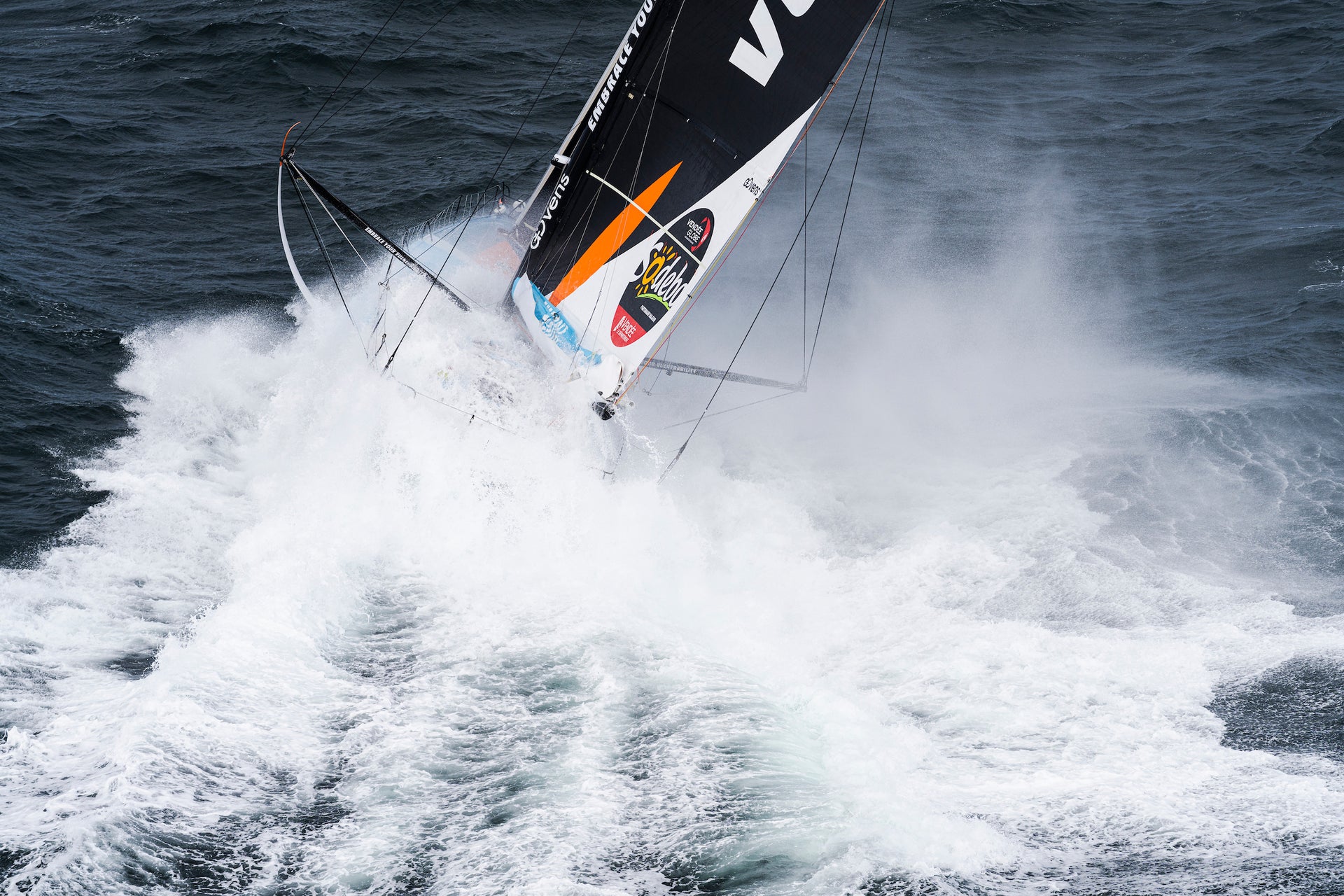A DREAM BECAME REALITY: KOJIRO ON THE VENDÉE GLOBE
KOJIRO: “THE VENDÉE MAKES ME STRONG AND MAKES ME WANT TO SAIL.”
When he left Les Sables-d’Olonne on November 8, Kojiro Shiraishi had no idea that he was finally going to realize his dream of finishing the Vendée Globe. He had granted us an interview a few days before the start of his second Vendée Globe.

On November 8th, Kokijo Shiraishi (DMG Mori), dressed in his black combat suit, sword at the belt, greeted the crowd as he made his way up the channel of Port Olona in Les Sables-d’Olonne. He had no idea that he was finally going to realize his 30-year-old dream: Finish the Vendée Globe. A dream that almost collapsed a week after his start when damage to the autopilot and violent gybes broke the top of the mainsail. But thanks to remote instructions from his team and North Sails, he managed to repair the sail.
It was a tremendous relief. The adventure could resume. “It’s the most wonderful day,” he said at the press conference after returning from his race. And then on February 11, 2021 at 11:52 a.m., at the end of a long journey of 94 days and 21 hours, Kojiro crossed the finish line with a smile full of gratitude and humility (ranked 16th). This is an amazing feat for this 53-year-old Japanese skipper, who marks the history of the Vendée Globe in his own way by becoming the first Asian sailor to complete this legendary race. He gave us an interview at the beginning of November before casting off for his second Vendée Globe.
Can you talk about yourself and your career as a sailor?
I am originally from Kamakura, a coastal town south of Tokyo, Japan. In my country, ocean racing is not popular, and it is by chance that I discovered the sailing profession at the age of 16. After seeing on TV the victory of Yukoh Tada (Japan’s sailing legend) in the BOC Challenge (single-handed round-the-world race with stopovers), I told myself that this is what I wanted to do: sailing around the world on a racing yacht. And then I went to meet Yukoh Tada. I trained with him and became his trainer for six years. I helped build his new sailboat Koden VIII, later renamed “Spirit of Yukoh” in his memory.
Since then, I have sailed around the oceans, three times around the world, including one non-stop race. I took part in the race of my dreams four years ago, the Vendée Globe, but I had to give up after dismasting off the coast of South Africa. I also had the chance to sail alongside great sailors like Lionel Lemonchois and Bruno Peyron during the Pacific records, as well as with Roland Jourdain, who accompanied me as a coach throughout my DMG Mori project.

What attracts you to this job? Why are you doing the Vendée Globe?
I feel good on the water and the landscapes you encounter in the South Seas are fantastic. To be able to sail around the world and have the land as your playground is unique. There is no other event in this world like this race. A race that makes me strong and makes me want to sail.
How was your first Vendée Globe?
To be at the start of this 8th edition was an exploit because time was running out for me. I got my boat in April 2016 and within a few weeks I had to qualify and do the New York – Vendée transatlantic race. Then a month after the start of the Vendée Globe, I dismasted… I was obviously disappointed with the result, and I still am, but I am lucky to be able to do the Vendée Globe again and I am grateful to all the people who have supported me so far.
How is sailing perceived in Japanese culture?
Both ocean racing and yachting are not widespread in my country. Historically, Japan is not a nation that has made great land discoveries. Therefore, sailing has not really had its place in Japanese culture. But my mission today and since I have been a professional sailor is to try to expand the small existing sailing community and promote ocean racing as much as possible in Japan.

Do you know other Japanese sailors?
Yes, I do of course. The few Japanese sailors who have made a breakthrough in this field have often worked outside their country and have raced on America’s Cup boats. But lately, there are several young sailors, including Masa Suzuki in Class40 and other young Japanese sailors who have accompanied me in my preparation for the Vendée Globe and who are trying their hand at the IMOCA. I’m happy to no longer be the only Japanese to sail here in France. But today, and even if it is a great honor to have become the first Asian to have participated, I want to become the first to finish the Vendée Globe.
What do you think of the sailing culture in France? Why aren’t there more foreign skippers in the Vendée Globe?
France remains the best country in the world in terms of ocean sailing. I’m also grateful to all the people around me for welcoming me to this very closed environment. Offshore racing is particularly difficult to integrate, which explains why there are fewer international skippers participating in the Vendée Globe. But I hope that my case can serve as an example for other foreign sailors who wish to integrate this special universe.
Is it difficult to sail on an IMOCA? What do you think of these boats?
An IMOCA is a powerful boat, so each manoeuvre, each sail change requires a lot of physical effort. They are demanding boats, but the sensations of speed that you can have are so different than on other boats and that’s really what I like.
Do you feel much more prepared than on the last Vendée Globe? What do you expect from this race?
It has only been 1 year since my boat has been sailing. We need to do even more sailing together so that the boat is perfect, but I know that time is short and that the boat will not be perfect before the start of this Vendée Globe. The goal is to finish at all costs. This is my one and ultimate goal.
And Kojiro did it! Bravo!



